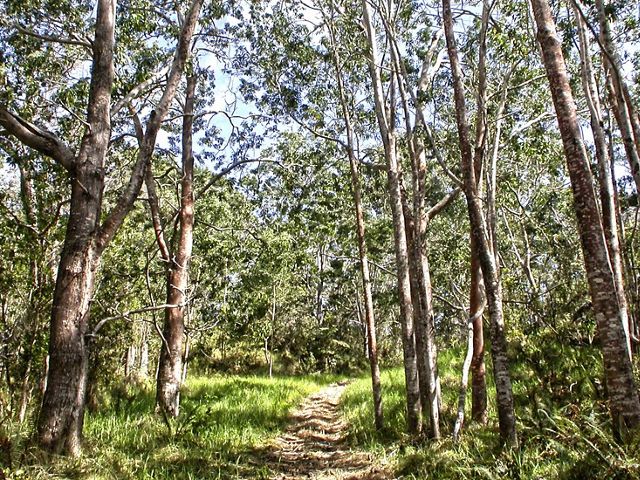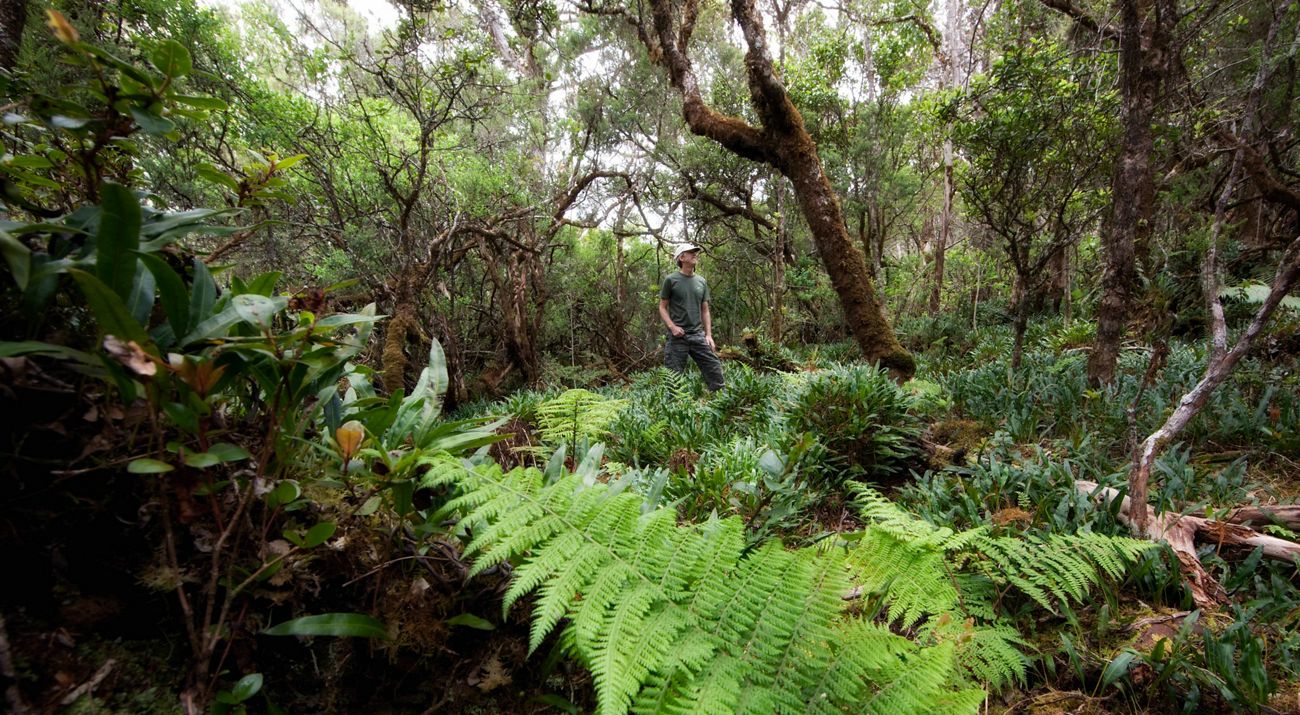Nature's Remedies
Natural solutions like reforestation can mitigate the impacts of climate change.
Hawaiʻi is likely to experience—some would say is already experiencing—negative impacts from climate change. These include more frequent and severe storms, less total rainfall and therefore less fresh water, higher temperatures, coral bleaching and sea level rise and high waves that threaten coastal areas.
But a new study in the Proceedings of the National Academy of Sciences shows how improved land stewardship can play a massive role in reducing the impacts of climate change. This most comprehensive assessment to date shows that “natural climate solutions” like healthy and well-managed forests, agricultural lands, pastures and wetlands can reduce global greenhouse gas emissions by 11.3 billion tonnes per year by 2030.
That’s equivalent to halting the burning of oil, and offering 37% of the emissions reductions needed to achieve the goal of holding global warming below 2 degrees Celsius by 2030.
The study—led by scientists from The Nature Conservancy and 15 other institutions—shows that protection, restoration and improved land management practices can help stabilize climate change.
The Power of Trees
Trees have the greatest potential to reduce carbon emissions because they absorb carbon dioxide as they grow, removing it from the atmosphere. Reforestation and improved forest management could cost-effectively remove 7 billion tonnes of atmospheric carbon dioxide emissions annually by 2030, equivalent to taking 1.5 billion gasoline-burning cars off the roads.
Despite the great potential of natural climate solutions, these efforts receive only about 2.5% of global climate mitigation investment. Hawaiʻi is poised to do much better. Thanks to the Legislature and the Governor, the State is committed to meeting the goals of the Paris Climate Agreement and has established the Hawaiʻi Climate Change Mitigation & Adaption Commission and the Hawaiʻi Carbon Farming Task Force. These groups will develop strategies to mitigate and adapt to climate change impacts.
The Nature Conservancy and State Department of Land and Natural Resources are also acting to address climate change. Over the last two years, we have partnered with the U.S. Forest Service and others to have carbon emissions absorbed (or sequestered) by Hawaiʻi forests qualified under domestic and possibly international standards. The next step is putting pilot reforestation projects in the ground to demonstrate both the carbon sequestration capacity and economic viability of forest restoration in Hawaiʻi .

The Benefits are Many
Natural climate solutions offer other important benefits, an idea well-known and long held by indigenous cultures around the world. In Hawaiʻi, healthy forests not overrun by invasive species act like a sponge, collecting rain and moisture from passing clouds, slowly delivering fresh water into streams and aquifers, and reducing runoff and siltation onto our shorelines and coral reefs. These forests are home to native plants, birds and other animals, many of which exist only in Hawaiʻi and are central to Hawaiian history and culture.
Coral reefs that are free of invasive algae and runoff and have healthy fish populations are better able to withstand the damaging effects of temperature increases and acidification caused by climate change, while continuing to provide food and storm protection for coastal areas. Healthy and abundant nearshore areas are also an essential economic driver and a cherished recreational and subsistence resource.
Investing in natural climate solutions will not only contribute to the global effort of mitigating climate change, it will enhance Hawaiʻi's prospects for achieving our goals for disaster resilience, water and food security, a robust economy and the quality of life we all desire. Natural climate solutions like planting native trees, protecting native forests, restoring wetlands and bolstering the resilience of coral reefs are essential to our ongoing ability to thrive and survive in the middle of the Pacific Ocean.
This op-ed originally appeared in the Nov. 16, 2017 Honolulu Star-Advertiser.
